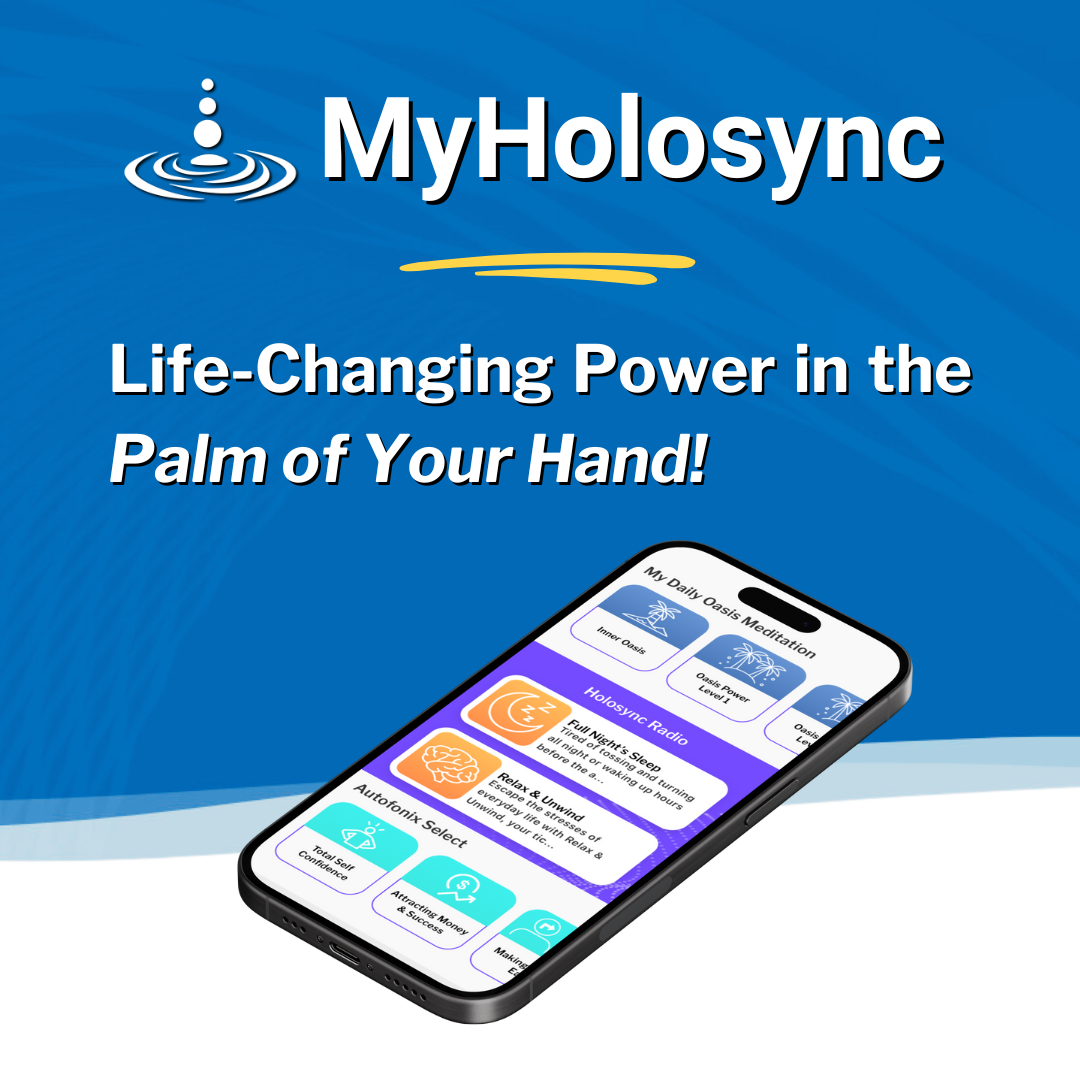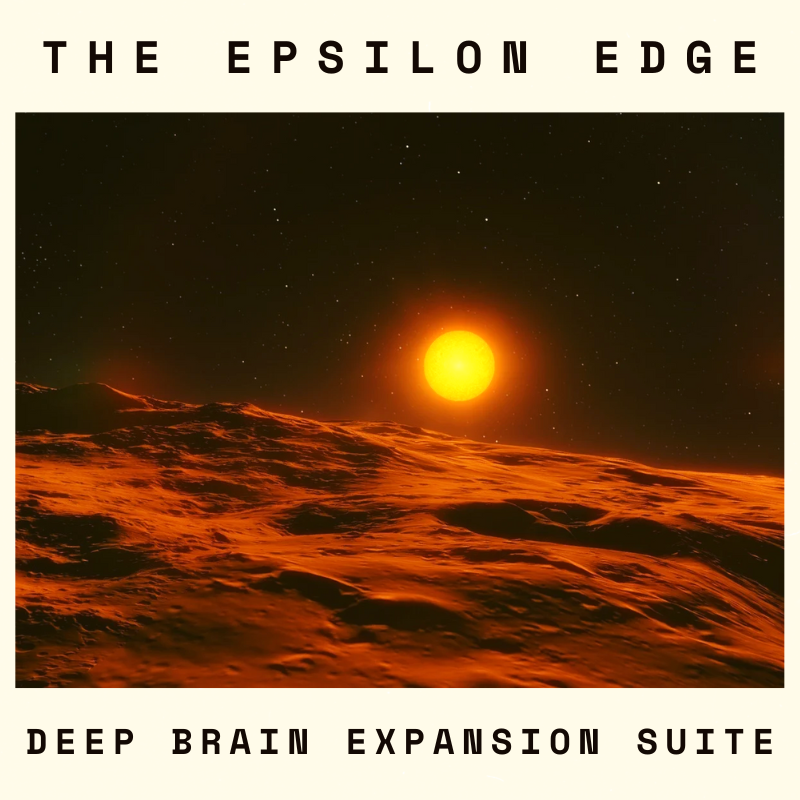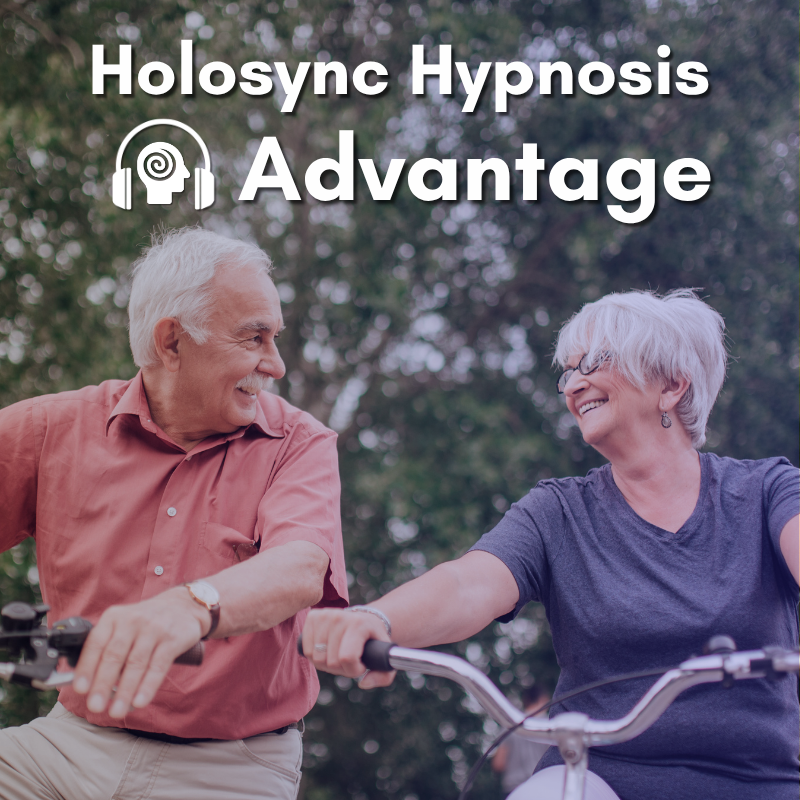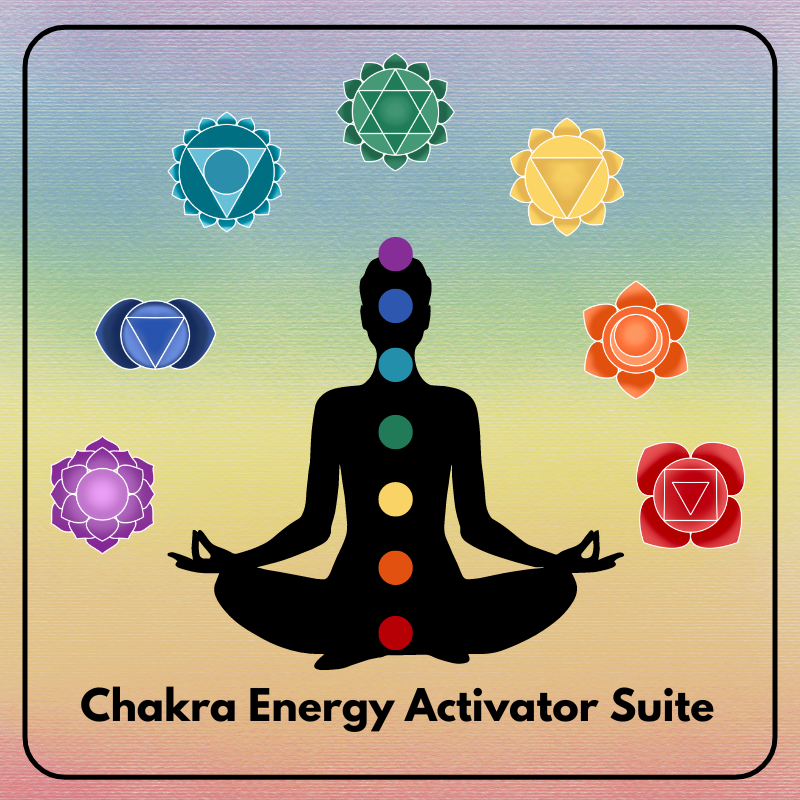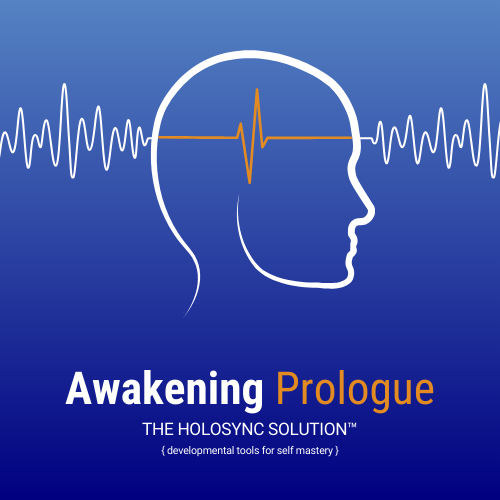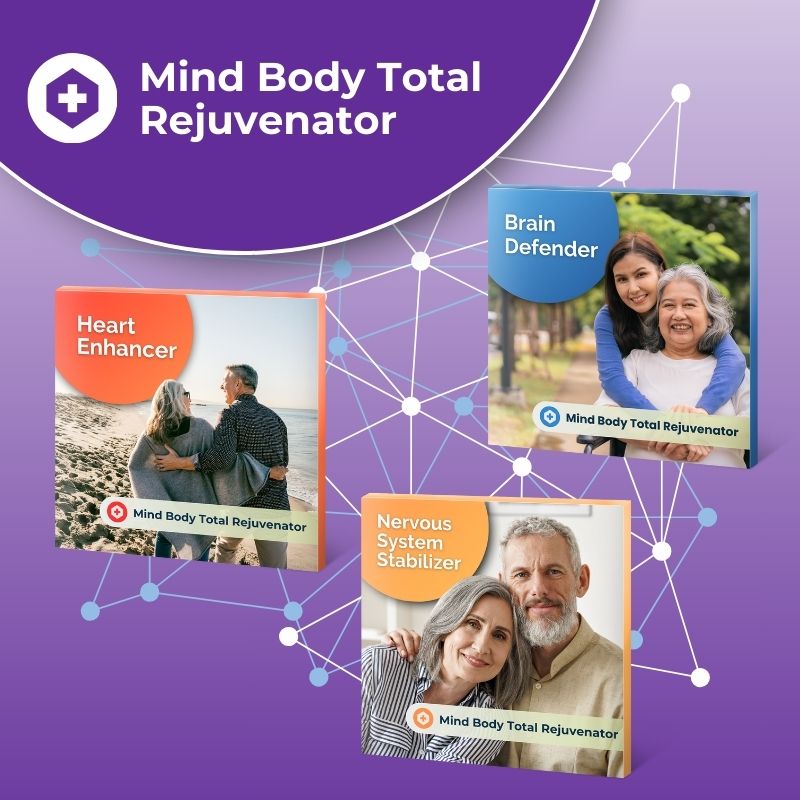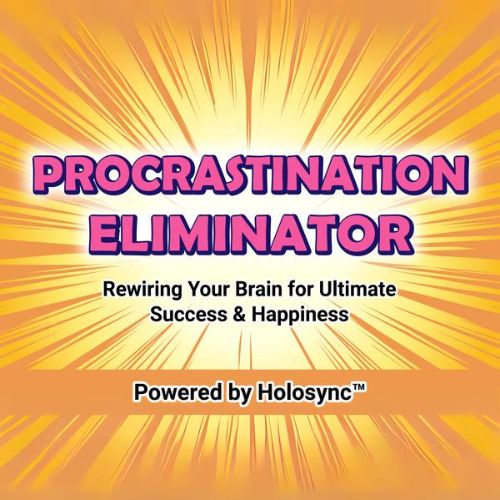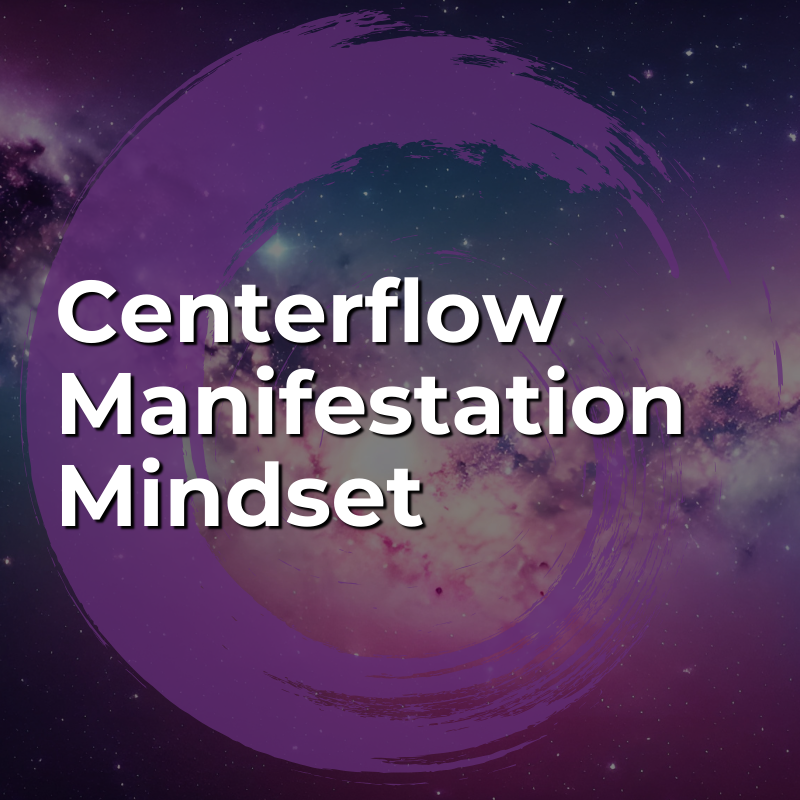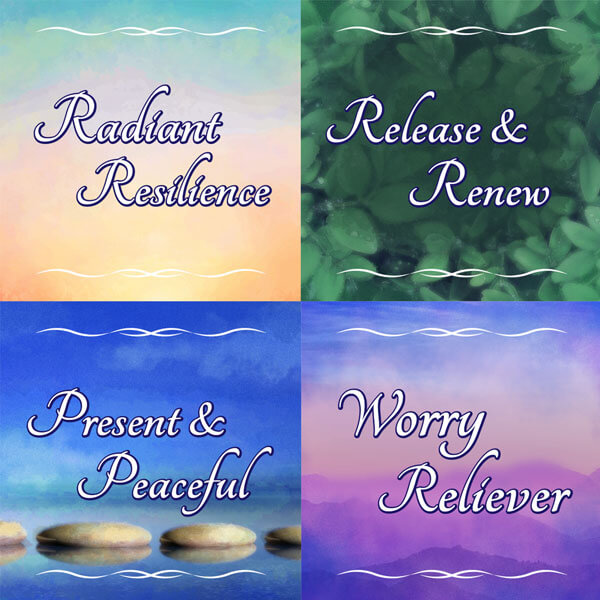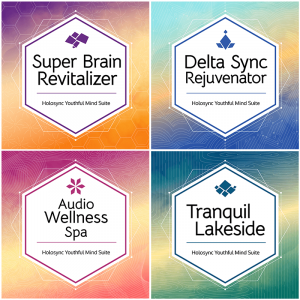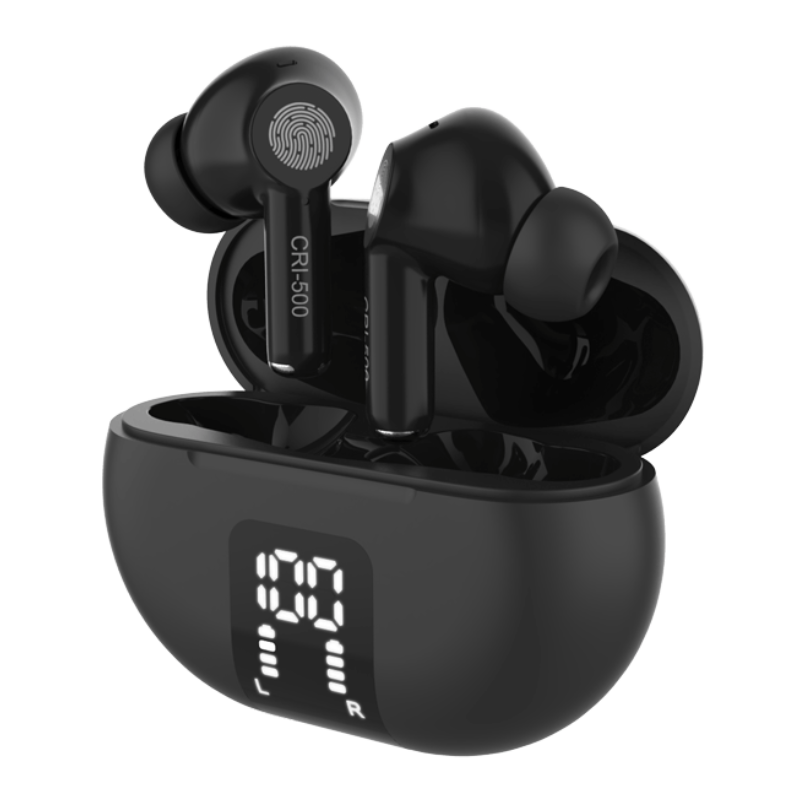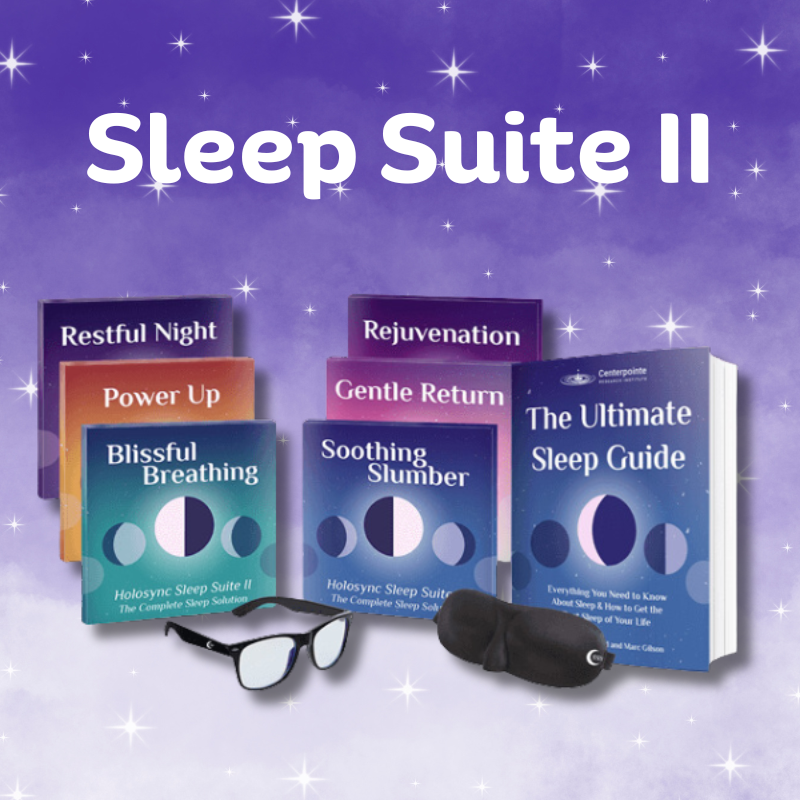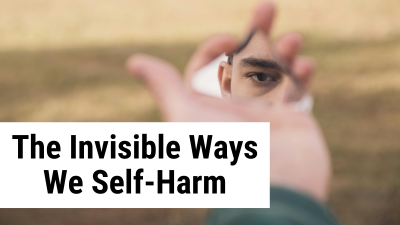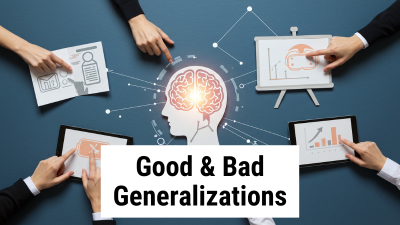“You can create negative feelings and negative outcomes ONLY if you do so unconsciously.”
- Bill Harris
Issue #491 – Monday, September 1, 2025
Ever find yourself dwelling on the worst-case scenario… even when things are actually going okay?
There’s a reason for that… and it’s not your fault.
That’s why today I’m sharing a powerful essay with you from late Centerpointe Founder Bill Harris that explains how your brain is hardwired to be negative.
But that wiring doesn’t have to run your life.
In fact, once you understand how your brain’s negativity bias works, you can override it and start to reclaim your sense of calm, clarity and emotional balance.
This is one of those essays you’ll want to read more than once. It’s eye-opening, empowering, and packed with insight into why you feel the way you do… and what you can actually do about it.
I know you’re going to love this!
Cheers,

MaryEllen Tribby
Centerpointe CEO
P.S.
Our Labor Day Mega Headphones Sale is going on now!
Scroll down to our Check it Out section below to learn more.
Your Brain is a Pessimist
(But You Don’t Have to Be)
by Bill Harris
Founder, Centerpointe Research Institute
Did you know that your brain is wired to be negative?
This phenomenon started in your youth, while the two hemispheres of your brain were developing.
Your right hemisphere is more involved with emotions, sensory experiences and pattern recognition…
...while the left hemisphere deals with language, logic, and problem solving.
Your right hemisphere developed first, which is more negative than the left (when it comes to emotions).
As a result, negative experiences early in life often have a long-lasting effect on self-perception, personality, and…
…your experience of the world.
How Memory Works
To make matters worse, your memory is also wired for negativity. To put it simply, you have two types of memory:
Implicit: Experiential memories that can’t be consciously recalled or easily explained. How to ride a bike, how to balance, how to steer.
Explicit: Memories that can be intentionally and consciously recalled. I rode my bike. I fell over the handlebars. I skinned my knee.
Implicit memory is nonverbal. Consider walking: it’s a complex action you know how to do, but you couldn’t put it into words. Your implicit memory system is based in the amygdala and exists primarily to remember–and help you avoid…
...life-threatening dangers.
Because these memories are tied to survival, your amygdala holds on to them tightly.
Explicit memory, on the other hand, is verbal: You remember your mother’s name, or the multiplication table, or a famous quote.
The explicit memory system lives in the hippocampus. It doesn’t hold on to memories as tightly, allowing you to learn new, important information and forget what isn’t useful.
Your explicit memory is “plastic”...it changes (which is very good news). Your implicit memory, for the most part, doesn’t.
Like the left hemisphere, your explicit memory takes longer to develop. As a result, young people store intense, negative memories in the amygdala, forever.
These negative memories color later experiences, causing you to perceive danger where there is none. This can have a huge negative effect on your function, your relationships…
...and just about everything else in your life.
(Sorry if this is getting you down–I promise there is light at the end of the tunnel.)
How to Conquer Negativity
There are many effective methods for conquering negativity. These are recommended by Dr. Joseph Annibali, chief psychiatrist of the Amen Clinics, in his groundbreaking book:
Reclaim Your Brain: How to Calm Your Thoughts, Heal Your Mind, and Bring Your Life Back Under Control.
Distract yourself. Invest yourself in a productive or enjoyable activity. When you become absorbed in an activity, your limbic system has a chance to calm.
Laugh. Find the humor in your negativity. Often, negative thoughts are irrational. Laugh at them (and yourself) for believing–but do so gently.
Take the ‘glass half full’ approach. All negatives–without exception–have a positive, or the seed of something positive. Challenge yourself to find that positive, whatever it may be.
Be grateful. Write three things you are grateful for. According to Annibali, studies have shown that writing things which you are grateful for changes the brain.
You may have tried some of these before, possibly without success. If these methods haven’t worked for you, the most likely explanation is…
…your brain isn’t working correctly.
If you’ve been reading Mind Power, you know there’s a war going on between two major parts of your brain.
The War Inside Your Brain
What parts of the brain am I referring to?
First, there’s your limbic system: the source of the fight or flight stress response and the “I’m going to do this/buy this/eat this/say this now, and the heck with the consequences” response.
Then, there’s your prefrontal cortex: the source of executive function, creativity, learning from mistakes, planning, rational thinking, and more.
If either of these is overactive or underactive, you could be experiencing many challenges or problems, or sabotaging yourself from developing the personal qualities...
...you need in order to be happy and successful.
Unfortunately, these two parts of the brain ARE either overactive or underactive for about 98% of people!
The emotional turmoil you feel (negativity) is caused by an overactive limbic system. When your limbic system is overactive and in control of your brain, the problems of life are much more difficult.
The Solution to this Problem
The first, most powerful steps toward conquering negativity is calming the limbic system and enhancing the prefrontal cortex.
Here are some effective methods:
Supplements
5-HTP: Increases serotonin levels (low serotonin is associated with obsessive-compulsive behavior, depression, and anxiety)
L-theanine: Calming supplement; Increases alpha waves in the brain
Glycine: Calms brain activity in several areas of the limbic system
St. John’s Wort: Increases serotonin in the brain
GABA: Calms activity in the limbic system
Other Helpful Methods
Breathing: Slow breathing calms the limbic system
Exercise: Research shows that short 1-4 minute bursts followed by a rest period, repeated several times, are more effective than longer periods of less intense exercise
Nutrition: Diets high in protein, low in carbs, and high in “good fat” (coconut oil, avocados, butter, omega 3s, extra virgin olive oil) help keep the limbic system calm
Sleep: 7-8 hours of sleep a night helps keep the limbic system calm
Meditation: Countless studies show that meditation calms the limbic system AND enhances the prefrontal cortex
The Problem with Meditation
The problem with meditation is that few people actually are willing to do it! Meditation is hard to learn, and it takes a long time to see significant results.
Thankfully, it’s now possible to create the same brain changes as traditional methods, in a fraction of the time, using a technological approach.
Centerpointe’s Holosync technology does exactly that.
Using combinations of pure sine wave audio tones delivered to the brain through stereo headphones, Holosync creates the brainwave patterns…
…of an experienced 30-year meditator.
Holosync is THE easiest way to meditate (all you do is listen, no effort, no learning curve).
Give it a try and see how you can, as Dr. Annibali says, calm your thoughts, heal your mind, and bring your life back under control.
Check It Out!
Labor Day Mega Headphones Sale!

Right now you can take advantage of discount pricing on our CRI-brand headphones and earbuds!
Whether you want the convenience and high-tech features of our CRI-500 Custom Wireless Earbuds…
…the cushion and fidelity of the CRI-300 Wired Headphones…
…or the lightweight & powerful CRI-400 Wired Earbuds…
We have the perfect pair that’ll take your sound experience to the next level!
And when you order now, you’ll also get special Labor Day pricing and TWO free Holosync soundtracks as a bonus.
It all ends tonight so make sure you take advantage while you can!
Wise Words
“Negative memories color later experiences, causing you to perceive danger where there is none”
- Bill Harris
This Really Happened
I find the holosync app easy to use and saves me downloading tracks into my phone.
~Sue K.
MyHolosync App User
We Want to Hear From You!
What’s your go-to method to overcome negativity?
Post your story on our Facebook Page.
Not on Facebook? Tell me about the impact that meditation with Holosync has had on your daily life. Stress? Sleep? Weight Loss? Focus? Spiritual Connection? Other?
Email your story here:
Find Us On Facebook
Post your story on our Facebook Page.
Not On Facebook?
Email Us!
Pay It Forward:
Your story may profoundly affect the life of a person you never meet,
but who will be forever grateful.


